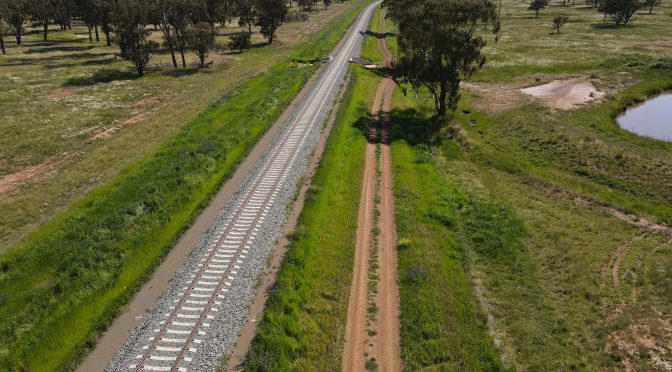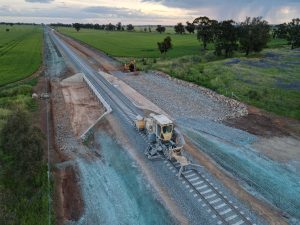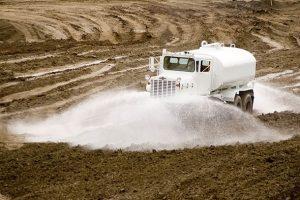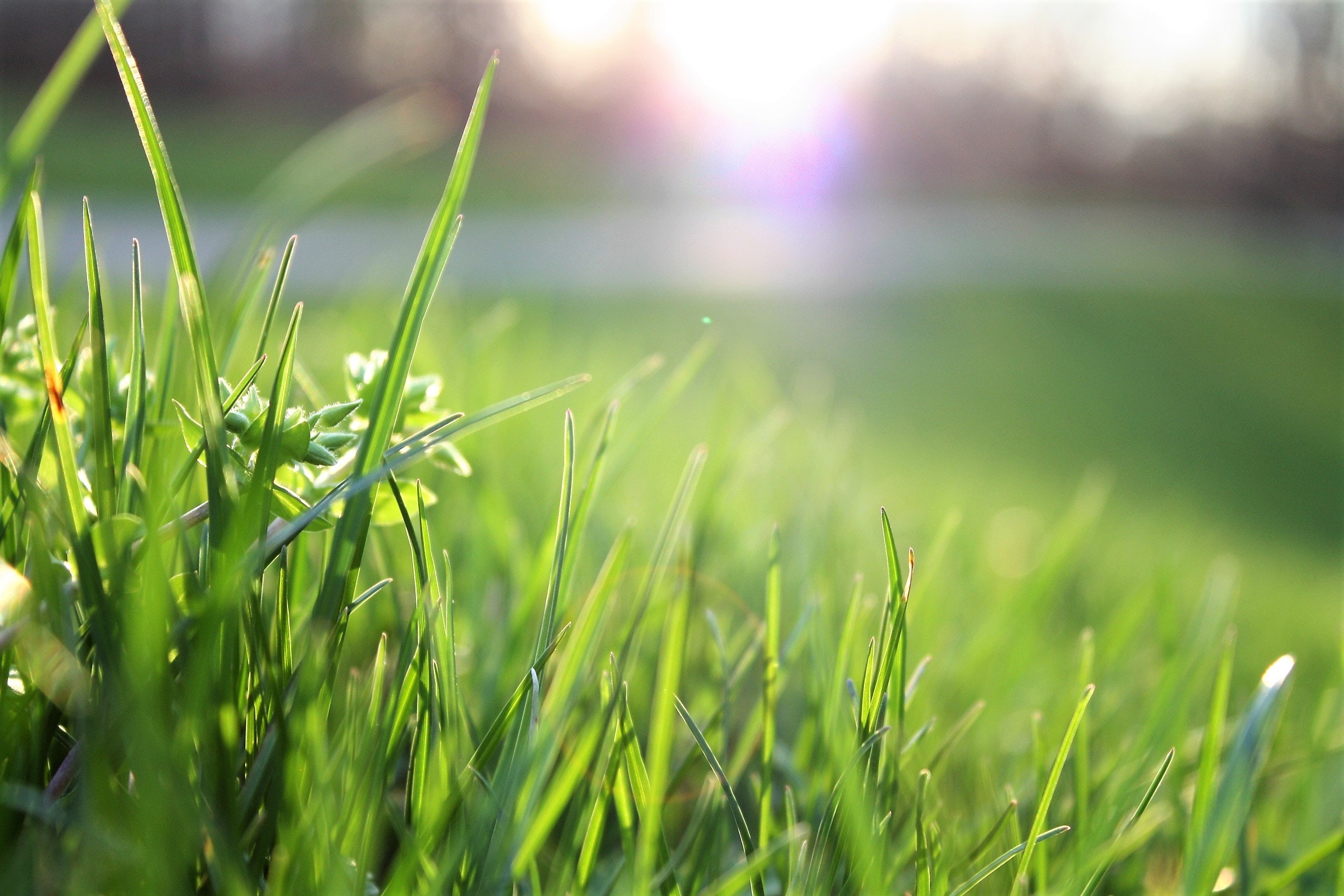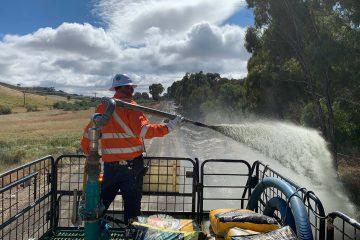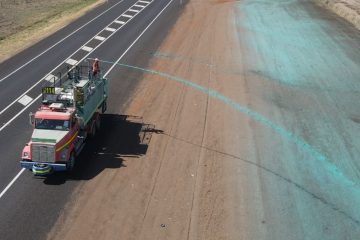What can you do to establish sustainable growth without re-works? The simple solution is to use a product that is tailored to the site conditions.
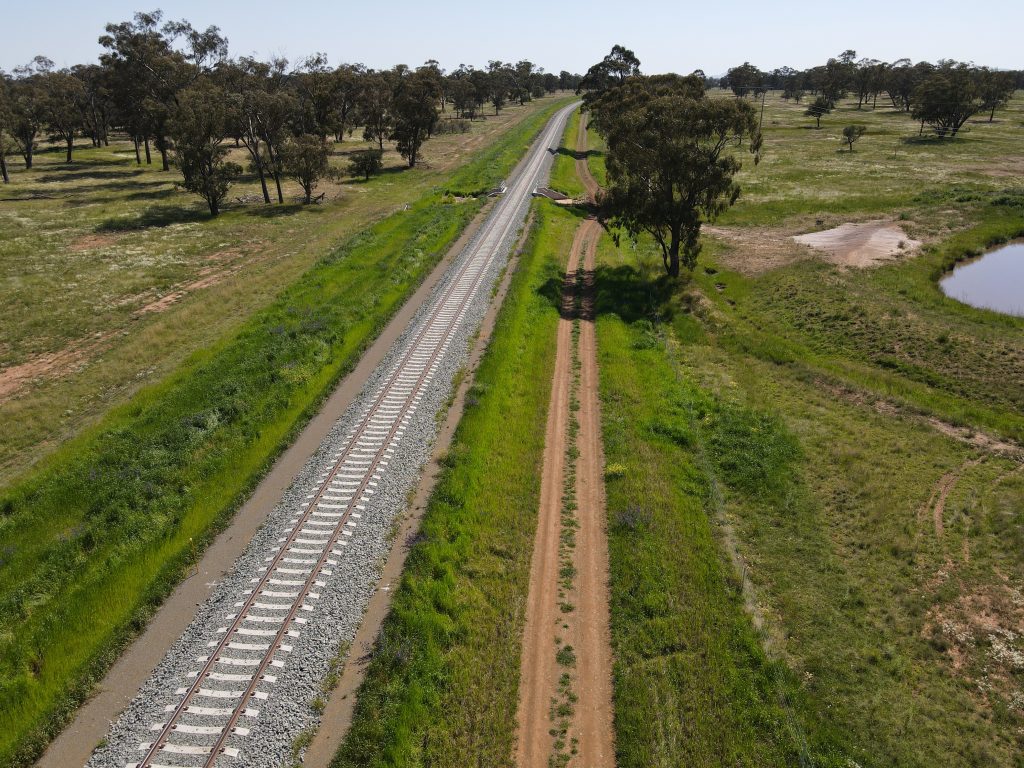
How do we get the grass to grow the way we want it to?
Traditional methods are not always cost efficient and are not always evenly distributed, along with the specification having little to nothing on ameliorating the soils in situ. You might be a project manager, civil engineer or business owner who is tired of having to complete re-works in order to meet practical completion on large scale projects with poor quality topsoils.
So, what can you do to establish sustainable growth without re-works? The simple solution is to use a product that is tailored to the site conditions. Maintenance-free applications are designed to ameliorate the soils in situ, address the deficiencies in the soil and provide the nutrients required to kickstart germination and sustain growth over longer periods. But why can’t I use a standard application you ask? Well, often these applications do not require the ingredients necessary to sustain growth longer than 12 months.
After 40 years in the industry, Valley Hydramulch & Revegetation (VHR) often see this happen on projects where the wrong application was used, only to have to go back and redo the job with the right solution. Don’t take their word for it, VHR have multiple case studies to back up their findings, for example, the Inland Rail – Parkes to Narromine (P2N) project, which will be used for the purpose of outlining these methodologies and processes. Keep reading to find out how VHR collaborated with the ARTC and InLink (BMD and Fulton Hogan JV), to implement the right solution for the site, sustaining long-term growth in poor quality soils.
Project Scope and Constraints
Large-scale rail constructions often have the problem of highly variable and poor-quality topsoils. The Inland Rail – P2N, involved a full rebuild of the track, supporting structures and the rail formation throughout the rail corridor. VHR were contracted to revegetate the disturbed surfaces stretching along some 103 km of the existing rail corridor, with the exception of the capping/ ballast/ rail and the single access track. The ability to ameliorate the soils in-situ, along with covering large areas in a short-time frame became paramount in delivering a successful project result and therefore client hand-over.
The original specifications for revegetation were found to be inadequate, requiring collaboration between the ARTC, InLink and VHR to develop an appropriate methodology to ensure an appropriate outcome was achieved, and reworks were not undertaken or required. Watering and establishment were also determined to be an issue due to the large scale of the project, there would not be sufficient water along the alignment, nor would it be logistically feasible. Also, at the time of Revegetation in late 2019 and early 2020, central NSW were experiencing record-breaking and unprecedented droughts. As such, conditions for germination of grasses were not favourable.
These contributing factors meant that an application that eliminated the need for maintenance watering had to be applied to the disturbed ground in the rail corridor. It was agreed that trials on the North-West Link (5.3km section) would be undertaken to determine the viability of the best practice approach. Following the results of North-West Link, the application methodology would be adopted for the remainder of the works.
Process and Method
The approach taken and accepted was a simple one. Testing the soil in locations over the length of the project where a variation in soil type was encountered and altering the mix to suit the results. The ameliorants would then be applied to the prepared soils in-situ, requiring no manual or mechanical mixing-in of ingredients.
The application, in accordance with soil test results, would incorporate fine and micro-fine ingredients to ensure penetration into the soil surface, but also to work their way down the soil profile as the root systems begin to develop. All ameliorants and fertilisers used in this process are commercially available, such as microfine agricultural lime and gypsum. Annual, perennial, and native grasses were also included in the mix. Seed types and application rates for the project were developed in consultation with local agronomists.
This approach would ensure that not only the short-term annual grasses would stabilise the area, but also that the soil structure and ‘kickstarted’ natural regeneration processes would continue to support the perennial and native grasses in the long-term, permanently.
The Results
During drought conditions which followed initial application, the application remained dormant on the surface. Several months after initial application, drought-breaking rainfall was received. It was at this time the application washed into the surface and annual grasses began to germinate.
Results were monitored throughout the germination process by conducting drone flights over various sections of the project, all of which were at different germination stages. In this, all stages of germination were observed in the following chronological order:
- Germination of annual grasses, as used to quickly establish a cover on the surface and thus stabilise the surrounding surface to prevent erosion.
- Haying-off of annual grasses following the conclusion of their germination period, approximately 2-3 months following initial germination.
- Germination of perennial grasses which are used to provide a more permanent stabilisation of disturbed areas. This event occurs in the process of annual grasses haying-off.
- Germination of native grasses, which took approximately 12 months following initial application.
Innovative Products & Sustainable Growth
A general allowance of 15ml/week (plus evaporation) is acceptable for maintenance watering for revegetated areas. For the 2,000,000m2 on the Inland Rail – P2N project, this equates to 30ML weekly. This is a prohibitively large quantity, and logistically impossible. Therefore, a solution was required that would remain dormant on the surface until adequate rainfall arrived, and would also not require maintenance.
An application tailored to the site soil was developed, with the ability to ameliorate the soil to effectively out-compete emerging weeds with sustained short and long-term cover. The applications on the project achieved both sustainable short and long-term growth (and therefore stabilisation) by ensuring the application suited the soil requirements. These innovative applications can be applied to any site with poor quality topsoils and are particularly useful for erosion control and growing sustainable vegetation.
For more info on our compost blankets, click here.
